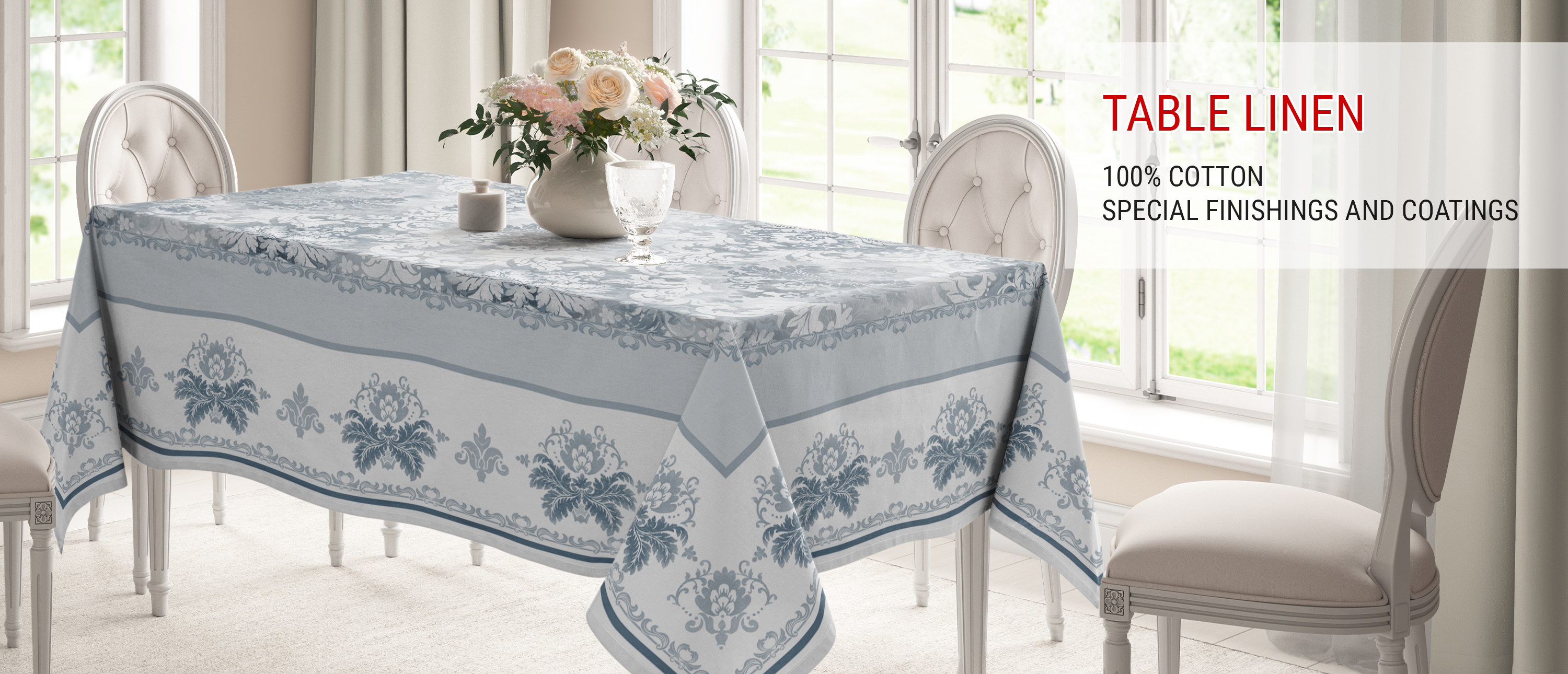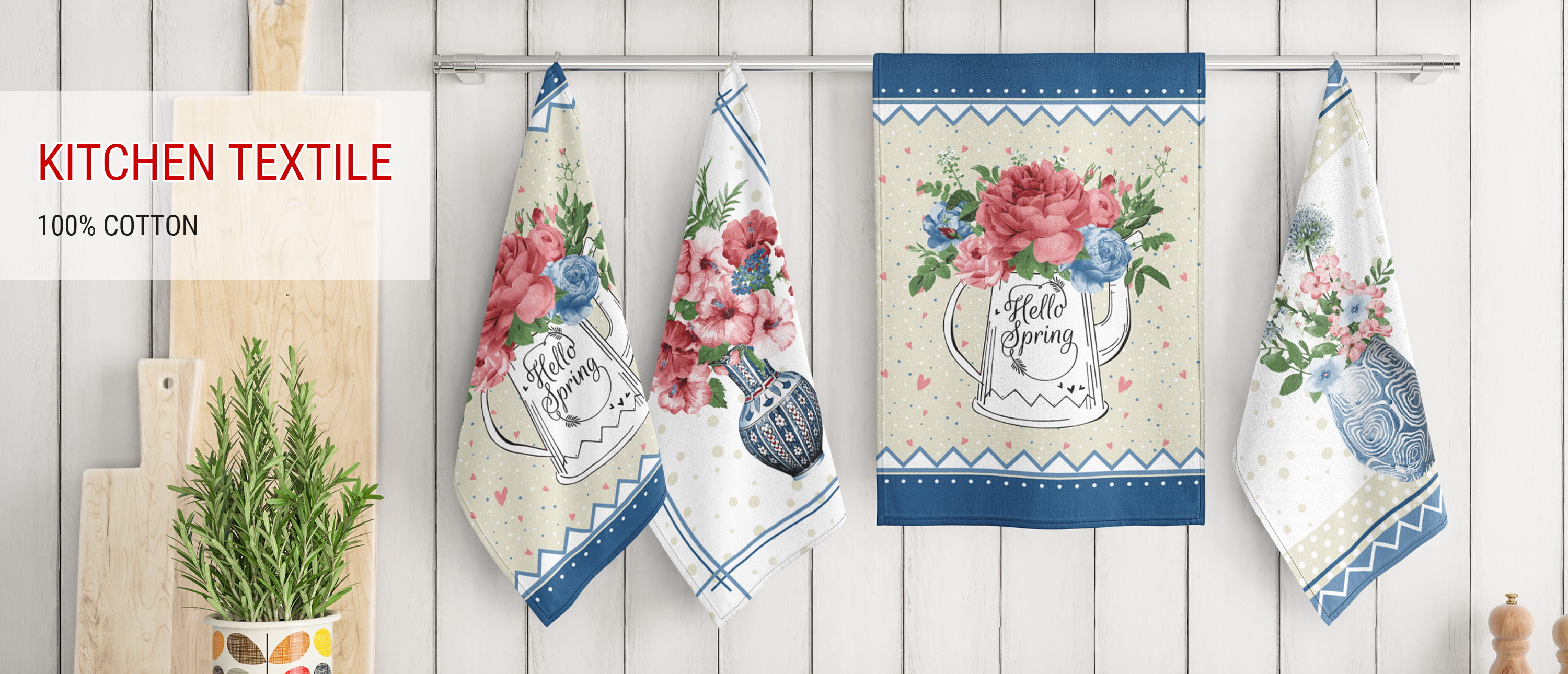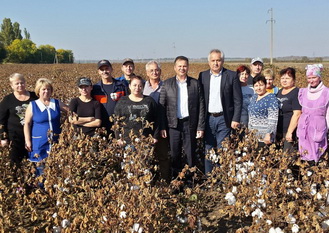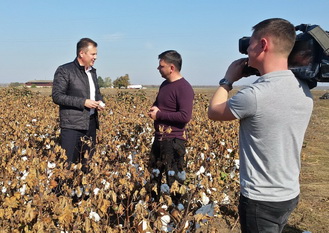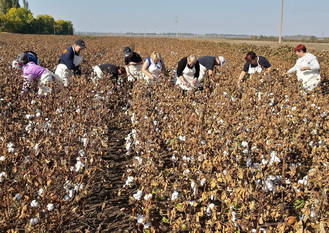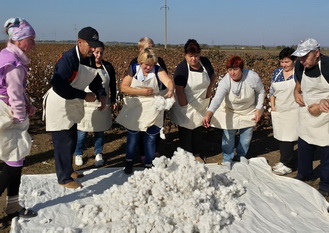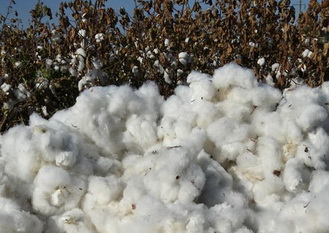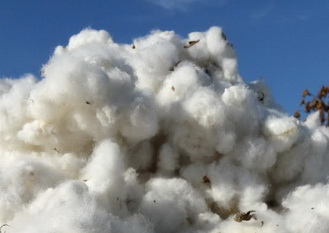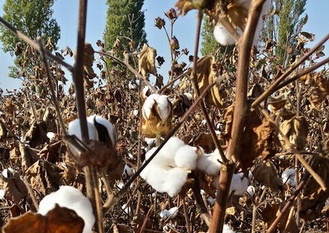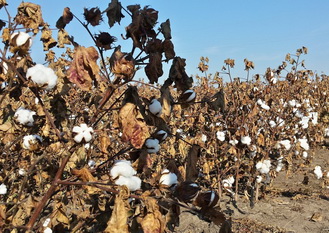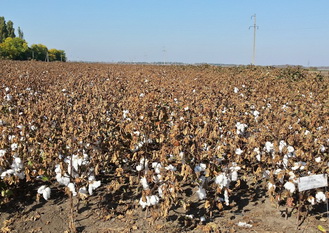company news
PEAK SEASON OF COTTON HARVESTING IN PRIDNESTROVIE 18 October 2019
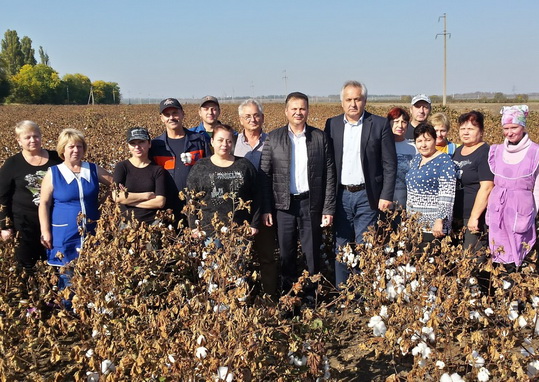
It is the third year of the pilot project of Tirotex on cultivation of “white gold” in Pridnestrovie. As last year the results of investigation were most promising, it was decided to use larger cultivation area. The crop of the current season was good and stable, and Tirotex’ suppliers from Middle Asia confirm the same results. Thus, the seed material (the industrial grade) developed for our climatic conditions.
The harvested crop is currently delivered for primary processing to Tiraspol, where it passed ginning procedure at Tirotex. Ginning is a process of separation of fiber from the box, seeds and other waste. Then cleaned cotton will be transported to the spinning-and-weaving mill to be used for production of first meters of fabrics. The designers of the Design Center have already developed a collection of designs to be printed on these fabrics. After final finishing fabric is transported to the sewing factory where it is used for production of bed linen. Of course, due to small quantity, consumers will be able to buy these items only in Tirotex stores.
General director of Tirotex, Andrei Mezhinsky said: “This year we seeded 6 sorts of cotton. According to the laboratory tests, the quality of raw cotton with regard to crop yield is at the same level as that middle staple cotton we import. It is the 4th type according to the staple length and 1st sort of maturity, which is characterized by the tensile strength and density values. Soil temperature conditions influenced by the sum of active temperatures had their positive effect. Of course, when studying a possibility of growing cotton in our climatic conditions, we also experiment on watering, planting out, distance between the rows, etc.”
But it is still too early to speak about profitability of this production, taking into consideration the fact that we have not had any investigations with positive results in this field till now. One can speak about economic efficiency only after many factors have been considered collectively – optimal soil and climatic conditions, as well as quite big investments in purchase of seeds, landfarming, gins, special harvesting and processing equipment, etc. But we would think like one day the development of cotton farming here in Pridnestrovie will play the most important role in import substitution and will encourage the creation of our own base of raw materials for textile industry. At least there are preconditions for that.

More





